Filter News
Area of Research
- (-) Biological Systems (2)
- (-) Neutron Science (42)
- Advanced Manufacturing (9)
- Biology and Environment (41)
- Building Technologies (3)
- Clean Energy (117)
- Climate and Environmental Systems (2)
- Computational Biology (2)
- Computational Engineering (2)
- Computer Science (4)
- Electricity and Smart Grid (1)
- Energy Frontier Research Centers (1)
- Fossil Energy (1)
- Fuel Cycle Science and Technology (1)
- Fusion and Fission (14)
- Fusion Energy (2)
- Isotopes (12)
- Materials (67)
- Materials for Computing (18)
- Mathematics (1)
- National Security (9)
- Nuclear Science and Technology (15)
- Nuclear Systems Modeling, Simulation and Validation (1)
- Quantum information Science (3)
- Sensors and Controls (3)
- Supercomputing (44)
- Transportation Systems (1)
News Topics
- 3-D Printing/Advanced Manufacturing (2)
- Artificial Intelligence (2)
- Bioenergy (1)
- Biology (2)
- Biomedical (3)
- Chemical Sciences (1)
- Composites (1)
- Computer Science (4)
- Coronavirus (2)
- Fusion (1)
- High-Performance Computing (1)
- Materials (3)
- Materials Science (5)
- Microscopy (1)
- Nanotechnology (3)
- Neutron Science (17)
- Physics (2)
- Quantum Computing (1)
- Quantum Science (2)
- Space Exploration (1)
- Transportation (2)
Media Contacts
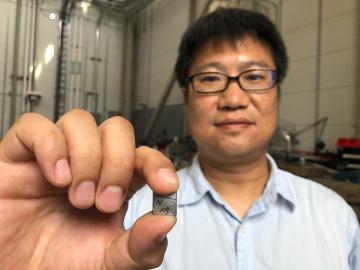


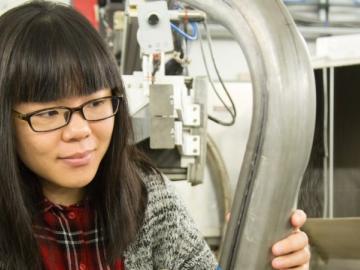
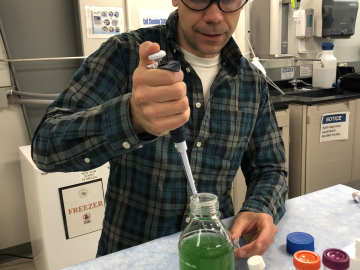


For decades, biologists have believed a key enzyme in plants had one function—produce amino acids, which are vital to plant survival and also essential to human diets. But for Wellington Muchero, Meng Xie and their colleagues, this enzyme does more than advertised. They had run a series of experiments on poplar plants that consistently revealed mutations in a structure of the life-sustaining enzyme that was not previously known to exist.
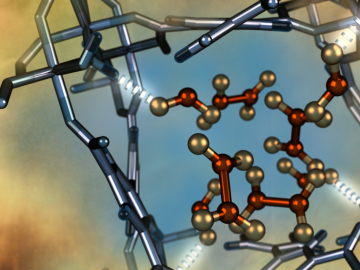
Led by the University of Manchester, an international team of scientists has developed a metal-organic framework material (MOF) that exhibits a selective, fully reversible and repeatable capability to remove nitrogen dioxide gas from the atmosphere in ambient conditions.

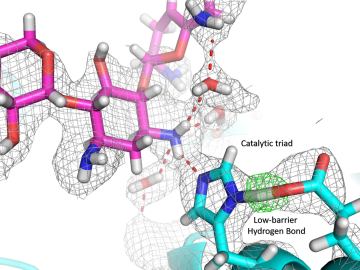
An Oak Ridge National Laboratory-led team has observed how a prolific class of antibiotics may be losing its effectiveness as certain bacteria develop drug resistance by acquiring enzymes known as aminoglycoside modifying enzymes. Aminoglycosides are commonly used in antibiotics to tre...




